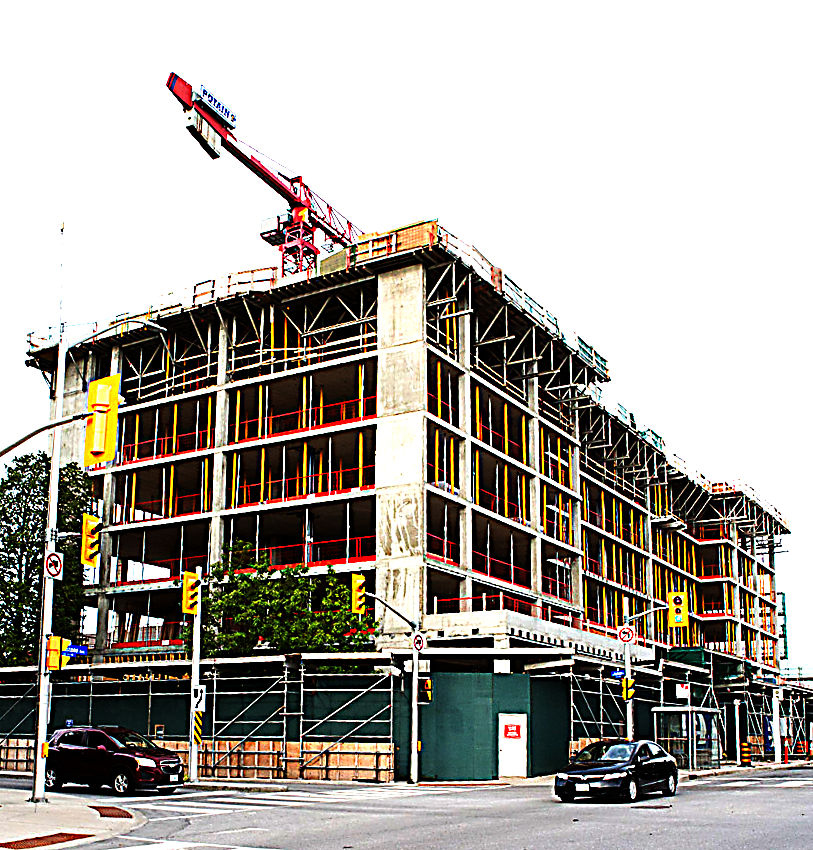Alayne McGregor

A just-released report from the city’s auditor-general has confirmed that the city has not come close to meeting its targets for creating affordable housing – although it’s getting better. And it needs to figure out what it means by “affordable.”
Auditor-General Natalie Gougeon attributed the shortfall to lack of funding from all levels of government and capacity challenges in the housing development sector.
The city’s goal, approved in 2021, is to build 500 new affordable units annually until 2030. The actual numbers: nine in 2020, 222 in 2021, 30 in 2022, and 214 in 2023.
The report also notes the city needs to improve its reporting – not just the numbers of units, but also the levels of affordability, and city land transfers or disposals for affordable housing.
However, Clara Freire, the city’s general manager of community and social services, said the city is slated to complete 475 units this year. “Another 425 should be completed shortly thereafter, so things are really starting to pick up and move. We have 500-odd that have some funding put toward them and we just need to top them up to get rolling, and we have thousands more in a pipeline again requiring funding.”
The federal government recently announced it would give the city $176.3 million from its Housing Accelerator Fund, in order to deliver 4,450 units over the next three years.
In order to encourage affordable housing, Gougeon recommended the city examine more flexible zoning requirements for these projects such as removing parking minimums, height maximums, setbacks, design, and other requirements while maintaining key controls. City staff agreed to do this.
One issue Gougeon emphasized was that the city has multiple definitions of “affordable” housing – sometimes even in the same document. It can be defined as:
- the occupant does not pay more than 30 percent of their gross income;
- 80 percent of CMHC Average Market Rent, as reported in their annual market report; or
- CMHC Average Market Rent.
The city’s Housing and Homelessness Plan uses the 30 percent rule in its glossary, but also includes more specific definitions including market-affordable, below-market, and core-affordable based on income percentiles. But later on, it says that “Rents are not geared to income, rather they are typically set at 80 percent of the average market rents.”
In the agreements the city signs with developers, the report notes, there are different definitions for affordable housing, ranging from 30 percent of gross income to 80 percent of average market rent.
Gougeon recommended adopting a clear and consistent definition of affordable housing for use across the city, which staff agreed to do by the end of 2024.
